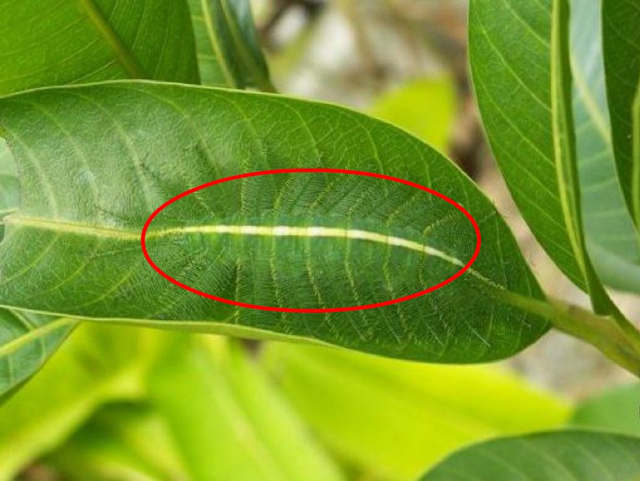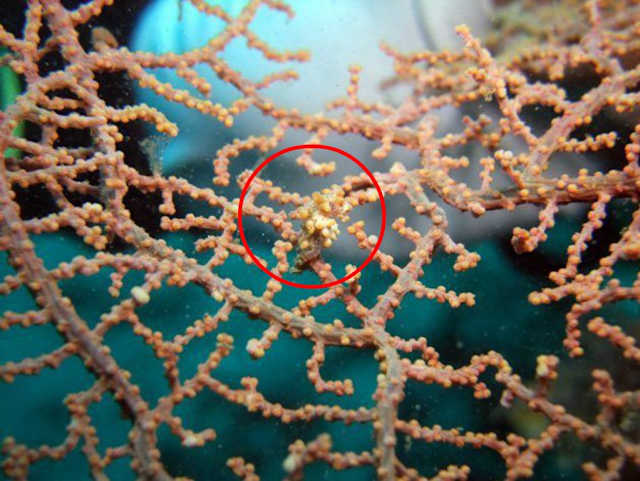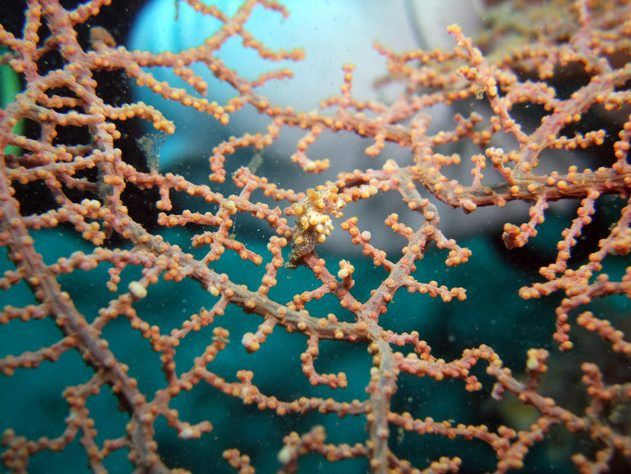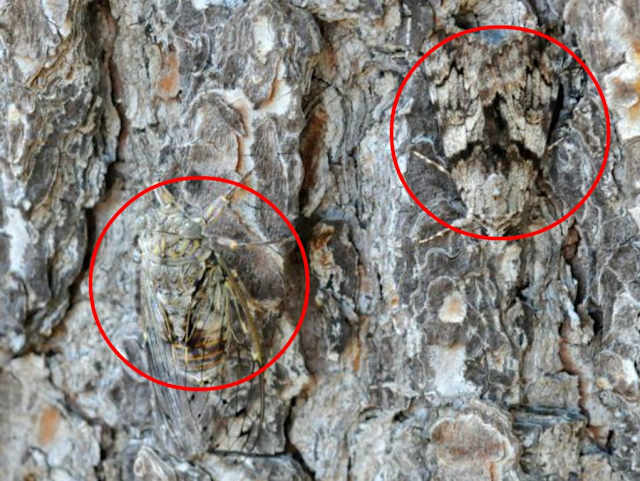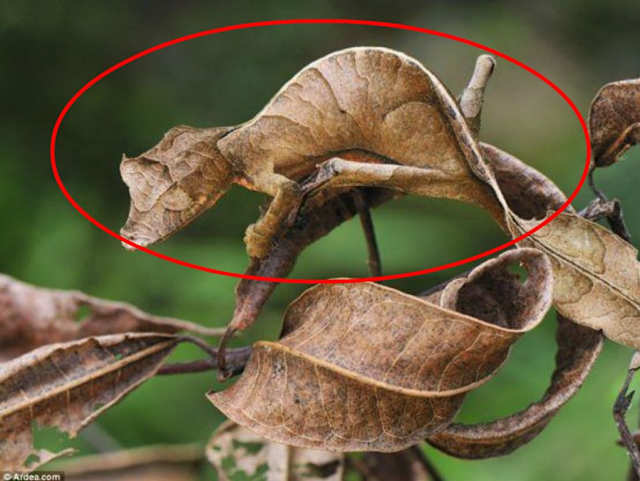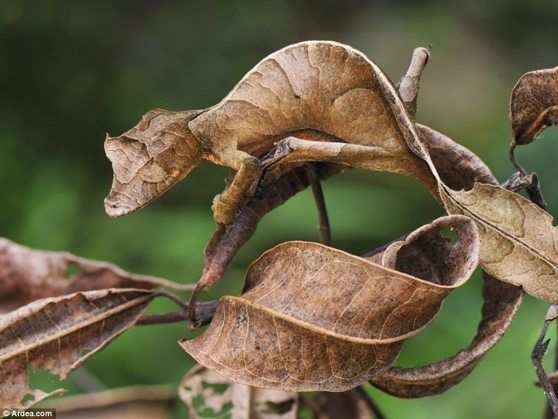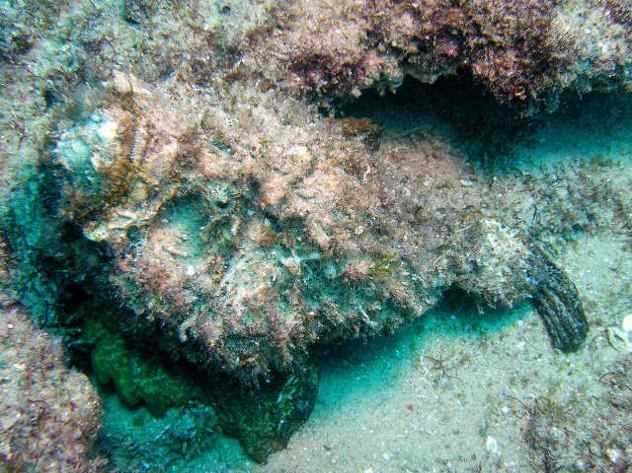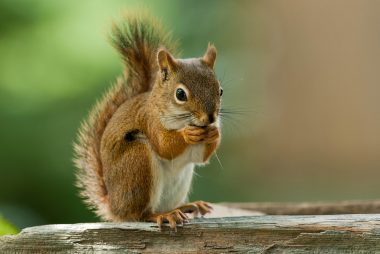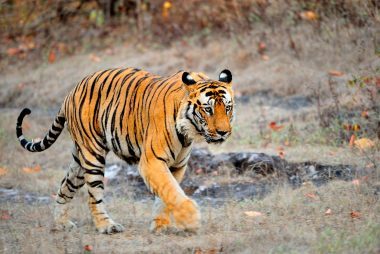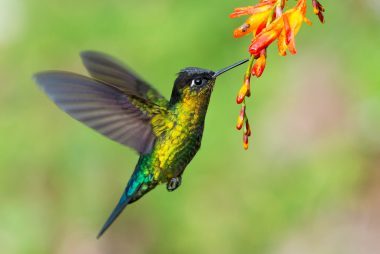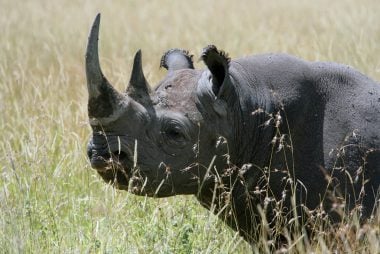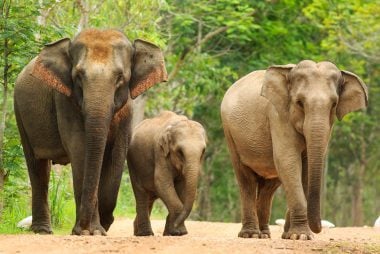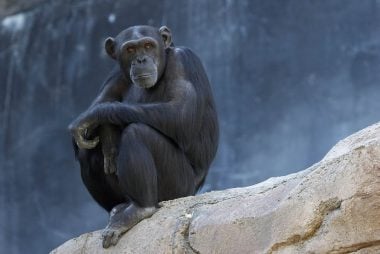They build among the tallest non-human structures (proportionately speaking) in the world and now it's been discovered the termites that live in Australia's remote Top End originated from overseas - rafting vast distances and migrating from tree-tops to the ground, as humans later did.
 |
| Mounds of the cathedral termite Nasutitermes triodiae at Litchfield National Park. Credit: Jan Sobotnik. |
Referred to as "cathedral" termites, the Nasutitermes triodiae build huge mounds up to eight metres high in the Northern Territory, Western Australia and Queensland - representing some of the tallest non-human animal structures in the world.
DNA sequencing found the forebearers, called nasute termites, colonised Australia three times in the past 20 million years or so and evolved from wood to grass-feeding as they adapted to significant environmental changes, including increasingly arid conditions and the conversion of woodlands to grassland habitats in subtropical savannahs and central Australia.
Now a prominent feature of the arid landscape "Down Under", the mounds house millions of termites; this study is the first comprehensive investigation of the evolution of the nesting and feeding of the extended family of termites, through the Australian refugee descendants.
The findings of the international research are published today in the Royal Society journal Biology Letters.
Co-lead author of the paper from the University of Sydney, Associate Professor Nathan Lo, said although much was known about the functions of termite mounds - which include protection from predators - little had been known about their evolutionary origins.
 |
| A closeup of Nasutitermes triodiae. Credit: Toru Miura. |
"Once in Australia, they continued to build their nests in trees, but later descended and began building mounds on the ground instead, paralleling the evolution of the other great architects of the world - human beings, whose ancestors lived in the tree tops some millions of years ago."
Associate Professor Lo, from the University of Sydney's School of Life and Environmental Sciences, said the mounds are an engineering feat when considered in comparison to the tallest structure on Earth - Dubai's skyscraper the Burj Khalifas.
"Given that a worker termite stands about 3mm in height, these mounds are in human terms the equivalent of four Burj Khalifas stacked on top of each other," he said.
 |
| Nasutitermes triodiae also at Litchfield NP. Credit: Toru Miura. |
"This group is one of the most ecologically successful groups of termites in Australia," the paper reads.
"We have shown that its capacity to disperse over oceans - and to repeatedly evolve the ability to build mounds and feed on novel substrates in the face of significant environmental change - appears to have been important in promoting this success."



